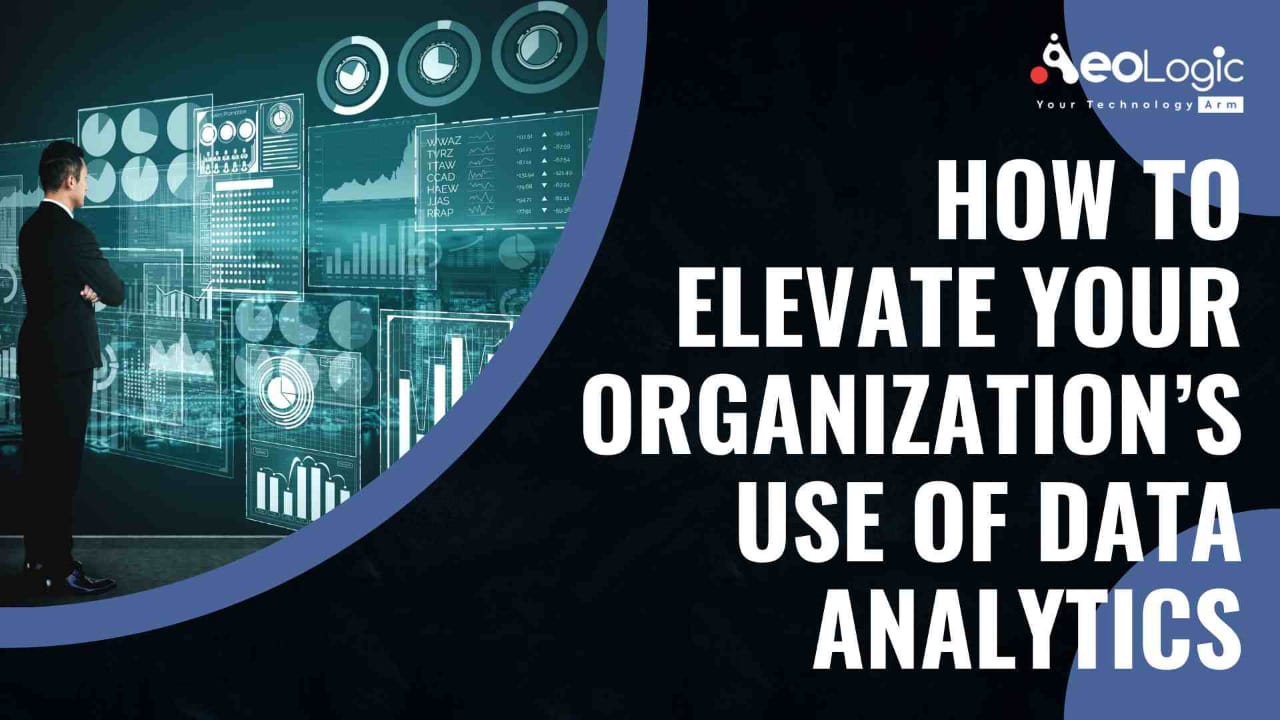Organizations from every sector and at every scale are functioning to leverage data to achieve their strategic objectives. Whether those are to become more sustainable, prepared, risk-tolerant, effective, and profitable. And/or adaptable in an ever-changing environment. An enterprise’s analytics must increase at pace with the business. And so, its requirements to accomplish agility and resilience. Or else, it will be tripped up. Organizations have broader use of data analytics. Every so often the technical debt collected from years of workarounds is too expensive and challenging. Nevertheless, the call for mature, modern data analytics is becoming too strong to ignore.
Following are the three best practices for escalating your organization’s use of data analytics. As well as achieving ROI with an enterprise analytics program.
1. Active Data Management:
Obtaining, confirming, storing, protecting, and processing data to ensure it is reachable, reliable, and current. Data Management involves the quality of the data, governing its accessibility and use. And executing information lifecycle management.
2. Automation of Analytics:
Decreasing the need for workers to do frequent and predetermined tasks. This includes turning data into analytics and insights. Moreover, this shift saves organizations time, and money, and enhances both accuracy and employee morale.
Also read: Automation to Help at Times of High Demand
3. Heterogeneous Data Types:
Moving beyond internal organization’s data (sales and supply chain reports) to leveraging ecosystem data (including marketplaces and partner data). And then includes the universal data which is provided by governments and non-governmental organizations. As well as publicly available sources (social media, economics data, GPS data, and more). This is how organizations move toward becoming truly data-driven. This process requires installing advanced data platforms to replace the transitional platforms. Such as enterprise data warehouses, departmental data marts, etc. thus, with these, companies typically initiate their data journeys. Furthermore, leaders usually invest in more advanced platforms such as active data warehouses and data lakes.
4. Cloud Adoption:
It is not possible to participate in emerging digital ecosystem markets. While equipping one’s business with advanced analytics capabilities, and becoming resilient and agile. Unless operational software and systems are hosted in and leveraged by the cloud. An organization simply cannot develop fast enough if it is tied to costly, inflexible strategies.
5. Big Data Tooling for Big Data
In past years, we tried to force-feed increasing unstructured big data into relational data warehouses with high costs. Moreover, it offered limited success only. Now analytics with big data is driving the competitive horizon. With the fact that the other data is already in good form, using the right tools for this data is mandatory. There is a whole different class of tooling that is needed. These tools majorly focus on the ingestion problem with big data. It starts with the data platform for big data, which is largely cloud storage. And we mention a repository there as a data lake. The data lake is common and centralized storage for the organization. There is no defined data model into which the data is formed so all data can be stored there.
6. Managing the Change to an Analytics Culture
To get the most ROI out of an analytics program, technology roles must be disintermediated between the data architecture and the users. The users need to be allowed self-service data access. Hence, having their own insights rather than requesting insights. The interactivity with data, in the limited window users, will be greatly improved by a self-service approach. However, not all users need the change this may represent.
Also read: How to Use AI to Uplift Your Ecommerce Business?
Conclusion
Data has huge potential value, but on its own, it accomplishes nothing. Even analytics capabilities must be executed for a greater purpose. Or else they are irrelevant descriptions and pictures, not tools offering a competitive advantage. But implementing advanced artificial intelligence algorithms to the data analysis can deliver insights for companies. And let them automate necessary but time-consuming decisions, communications, and actions. Thereby accomplishing things of greater value by empowering employees to achieve what wouldn’t be possible without the aggregation and analysis of that data.
If you want to offer the best possible customer experience for your organization, have a look into the various benefits of data analytics. It can help you make better use of your customer and business data. To set a plan for your organization that will work, contact us at Aeologic Technologies.
FAQs
What is the use of data analytics?
Data analytics has several benefits. The organization can enhance security. It mitigates risk and handles setbacks, and streamlines operations. It offers insights that can be used to make informed decisions. All while personalizing the customer experience.
How can data analytics aid an organization to succeed?
Business analytics help organizations mitigate risks. By facilitating them in making the right decisions based on available data. Such as customer preferences, trends, etc., can help an organization curtail short and long-term risk.








